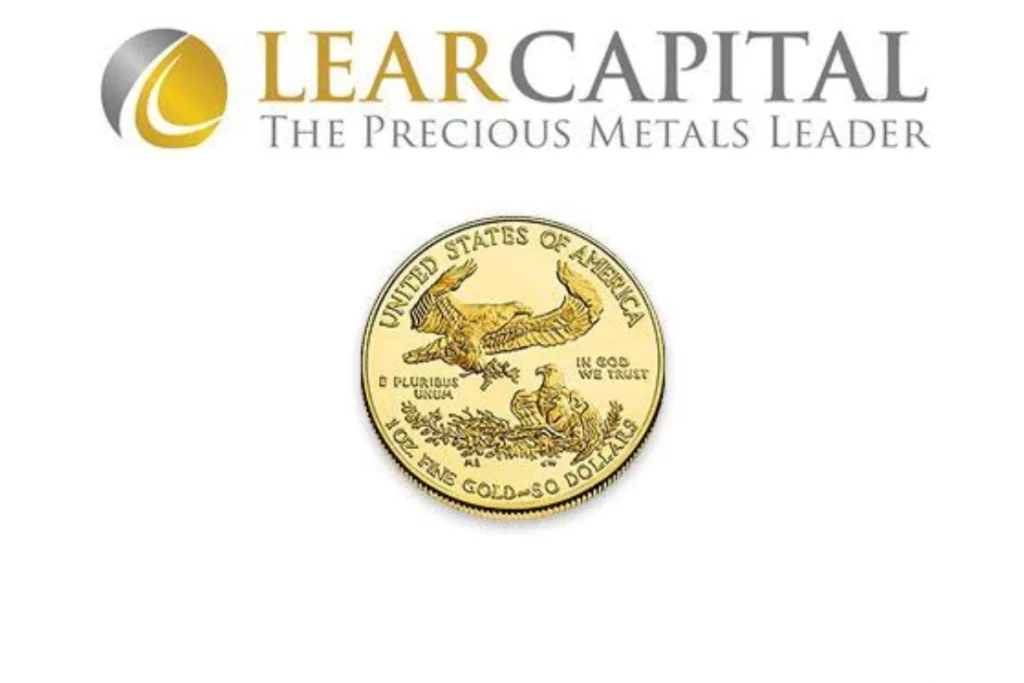Gold might ultimately offer solid returns in 2023 — the precious metal began the year at around $1,820 and, as of May 1, was in the $1,900 range; investors’ interest in silver, though, could be edging ahead of gold, according to Kevin DeMeritt, founder of Los Angeles-based gold and precious metals firm Lear Capital.
“Silver has become a highly in-demand asset, yet the available supply hasn’t vastly increased,” DeMeritt says. “Numerous investors view silver as a hedge against inflation because it has tended to increase in price during periods of high inflation. Silver is also needed for industrial and clean energy processes, which could help drive its price to more than $30 an ounce this year.”
Table of Contents
Silver-Based Benefits
Silver currently presents an intriguing investment opportunity for a few reasons.
Notably, the industrial uses for the precious metal have chipped away at the amount of silver available for physical precious metal asset investments and other applications, despite more being mined annually — 822 million ounces in 2021, compared to 781 million in 2020.
“You have this industrial demand pushing up silver [prices],” Kevin DeMeritt says. “As dealers, it’s tough for us to go out and get silver coins and bars in large quantities. Silver right now has an incredibly distinct advantage — even over gold. There will be demand for silver from industrial uses, regardless of whether investors purchase it.”
The growing focus on clean energy production, both domestically and abroad, has given silver another sizable boost. The majority of silver utilizations in the U.S. are electrical or electronic, which include silver playing a critical role in automobile catalytic converters and photovoltaic solar panels, according to the U.S. Geological Survey.
“Since there’s this drive for green energy around the world, solar [use] has grown — and so has the demand for silver,” Kevin DeMeritt says.
Solar photovoltaic power production is now the top source of green electricity.
Silver’s varied uses within several industries — nearly all computers, mobile phones, and appliances, for instance, contain the precious metal, according to the nonprofit Silver Institute, and its unique properties make substituting other materials for it almost impossible — have also helped give it a favorable position among precious metal resources.
“Gold’s not an industrial asset,” Kevin DeMeritt says. “It uses for some electronics, but silver is growing as an industrial asset. Batteries have silver in [them]; solar [elements have] silver — the industrial uses are just going through the roof.”
Silver is also becoming an increasingly desired investment option, DeMeritt says.
“The investment side of the market [is] also starting to look very good,” he says. “The last time we had a recession, the silver price went up about 350% [and] hit $47 an ounce, [so] we know that it can get up to [that level].”
The ongoing high level of inflation in the U.S. has likely positively affected investors’ appetite for silver, according to Kevin DeMeritt — and could continue to, as the economy is still some distance away from reaching the 2% goal the Federal Reserve has set for inflation. As of March, the latest Bureau of Labor Statistics data showed the consumer price index for all urban consumers, a frequently cited measure of inflation, was at 5%.
“[Silver] is a pretty good hedge against inflation,” the Lear Capital founder says. “It [increased] from about $7 up to $50 an ounce the last time inflation ran [high]. It’s been a long time since we’ve had this kind of inflation; you have to go back to 1978 to get to the rates that [we’ve had in the past year]. Gold was up 300%, [and] silver was up 500% in the 1970s.”
Because of silver’s past performance, Kevin DeMeritt says some investors view it as a way to potentially meter the risk of volatility posed by other types of investments, such as stocks.
“People want some stability in their portfolio,” he explains. “When you add in that extra component [of] industrial demand, you get some stability [in silver’s value]. With inflation and recession looming, we’re starting to see people take some portion of [their investments] and move [them] over to have the diversification [of] precious metals.”
An Additionally Appealing Aspect
While gold today has been trading at about $1,991, silver is just below $25 an ounce, according to Lear Capital’s online pricing resource.
Suppose the cost of silver remains that low in the coming months. In that case, Kevin DeMeritt says the $20 area it was at in late April is within a reasonable range compared to previous amounts — and interest in the precious metal is still high, more investors who hope to earn returns that could potentially offset any other investment volatility may begin to consider incorporating silver into their portfolio.
“Silver’s just absolutely on sale,” DeMeritt says. “The last time gold traded at this level, [around] $1,900, silver was $47 an ounce; and [it’s about] half of that [price] now. The silver market is an incredible opportunity for a long-term investor looking, [in] the next three to five years, to get a great inflationary hedge and some great results with appreciation from the silver market.”
While some investors may hesitate because they aren’t sure how to start investing in physical precious metal assets. However, setting up a silver individual retirement account is a simple, relatively quick process, according to DeMeritt.
“It sounds complicated, but it’s effortless,” he says. “You can purchase [a silver item] for home delivery or place it into a depository; that’s one way to own the physical gold. The other way to own it is to take a portion or all of a 401(k) or IRA and move it over to a self-directed [silver]-backed IRA. [It] takes about five [or] 10 minutes to put the paperwork together — and then it’s just moved to that physical silver IRA.”
For more information about precious metal investments or how to speak to a Lear Capital account representative about the topic, visit learcapital.com.

